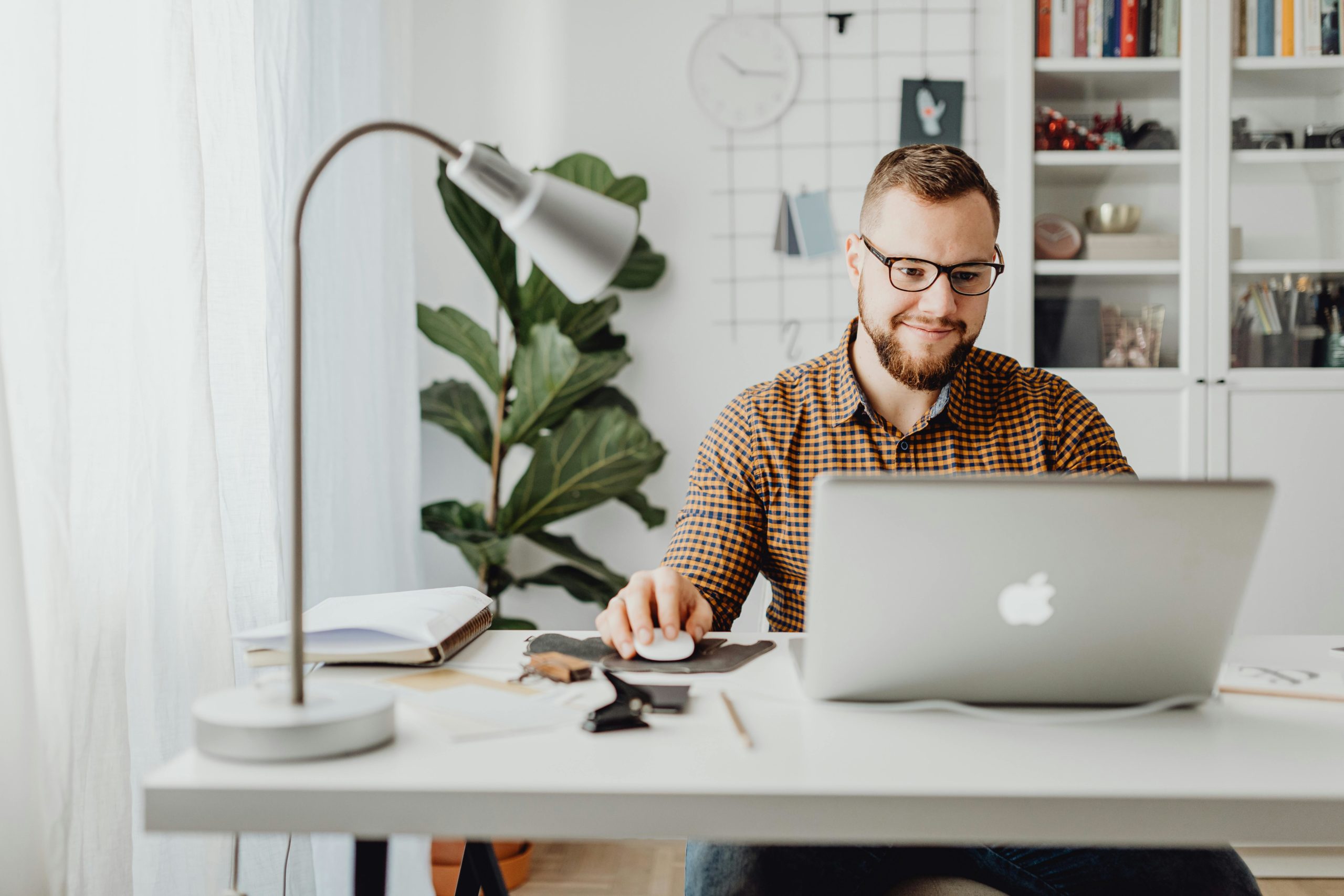Content marketing has become a cornerstone of effective marketing strategies. According to the Content Marketing Institute, 91% of B2B marketers now use content marketing to reach customers. Furthermore, research by HubSpot found that companies that prioritize blogging see a 13x increase in ROI. These statistics highlight how integral content marketing has become to driving business success.
As consumers increasingly rely on content to make informed purchasing decisions, businesses are investing more heavily in content marketing. However, creating a successful content strategy requires more than just producing high-quality content; it involves careful planning, execution, and measurement.
At Green Apple Strategy, we launched our agency just as content marketing began to gain traction. Over the past decade, we’ve partnered with our clients to help them navigate this dynamic landscape, developing content marketing strategies that elevate their brands, generate leads, and support their overall business goals.
A Proven Path: 5 Essential Steps to a Winning Content Strategy
In this article, we’re pulling back the curtain to offer a behind-the-scenes look at our process and sharing some of the best practices we’ve learned along the way.
Step One: Establish the Foundation for Your Content Strategy
Businesses often jump straight into content creation before they fully consider their broader business objectives. But it’s essential to think strategically about your overall business goals before diving into content creation. What are you hoping to achieve this year? Are you launching a new product or aiming to increase customers in a particular area of your business? These goals should be at the core of your content strategy.
For example, we’ve recently worked with clients to pivot their content strategies toward supporting hiring and recruitment efforts—a shift that required coordination with operations, HR, and sales.
Checklist: Align Your Content Strategy with Your Business Goals
- Identify your top business goals for the year.
- Consider how content marketing can support each goal.
- Ensure alignment between marketing, sales, HR, and operations.
- Prioritize content topics that directly contribute to achieving your goals.
Step Two: Know Your Audience and Build Out Detailed Target Personas
Before deciding what you want to say, you need to figure out who you’re trying to reach. Developing detailed audience personas is a critical step in ensuring that your content resonates with your target audience. When we onboard a new client, we invest time in understanding exactly who their target audiences are and create detailed audience personas that guide our content strategy.
Getting “inside the mind” of your audience allows you to craft messages that speak directly to their needs, pain points, and desires. This level of understanding is crucial for creating content that captures attention and drives action.
Checklist: Creating Audience Personas
- Conduct research to identify key demographics, behaviors, and preferences.
- Develop personas for each primary audience segment.
- Define the challenges, goals, and motivations of each persona.
- Tailor content topics and messaging to address each persona’s specific needs.
Step Three: Build Your Content Calendar with Strategic Timing
Timing is everything in content marketing. A well-thought-out content calendar ensures that your messaging aligns with your audience’s needs and your marketing efforts. When building a content calendar, consider the questions your audience is asking and the best times to engage them. Additionally, factor in your business cycle—when do you need to generate interest or close sales? Your content should align with your sales process and be timed to support their critical conversations.
For instance, if you offer a service that clients typically utilize in the fall, and you need sales conversations to close by August, you should back up your content calendar so that potential clients are thinking about that service and reaching out in early summer.
Checklist: Strategic Content Calendar Planning
- Map out your business cycle and key marketing moments.
- Identify the optimal times to engage your audience with specific content.
- Plan content topics that build momentum toward key business objectives.
- Allow ample lead time for content creation, review, and distribution.
Step Four: Maximize Your Content Investment by Repurposing and Amplifying It
One of our favorite aspects of developing content strategy is helping clients think creatively about how to extend the life of their content and reach a broader audience. After all, creating high-quality content takes time and effort, so it’s important to maximize its impact. This includes repurposing content across different formats and channels.
For example, you can take a video and break it down into short clips for Instagram or transform a blog post into an infographic for social media. By thinking strategically about how to diversify your content, you can create multiple touchpoints with your audience, reinforcing your message and increasing engagement.
Checklist: Content Repurposing Strategies
- Identify key content pieces that can be repurposed into different formats.
- Ensure that each repurposed content piece aligns with your brand messaging.
- Plan how to distribute repurposed content across multiple channels.
- Track the performance of repurposed content to refine future strategies.
Step Five: Define How You’re Going to Measure What Matters
Measuring the effectiveness of your content marketing efforts is essential for continuous improvement. However, many businesses struggle with evaluating content marketing because the results can be anecdotal or difficult to quantify. That’s why it’s crucial to adopt a data-driven approach and set clear metrics for success.
For those just starting out, begin by setting some initial goals, such as increasing website traffic, generating more leads, or improving social media engagement. For businesses with established content marketing strategies, consider adopting an agile approach, allowing you to pivot and adapt based on real-time data and insights.
Checklist: Measuring Content Marketing Success
- Set specific, measurable goals for your content marketing efforts.
- Identify key performance indicators (KPIs) that align with your goals.
- Use analytics tools to track the performance of your content.
- Regularly review and adjust your strategy based on data insights.
Let’s Get Strategic: Transforming Your Content Approach
Creating a content marketing strategy that drives results is a journey, and we’re here to help. Whether you’re just getting started or looking to refine your approach, Green Apple Strategy has the experience and expertise to guide you every step of the way. We love partnering with our clients to think strategically about content marketing and develop strategies that generate the best possible outcomes for their business.











